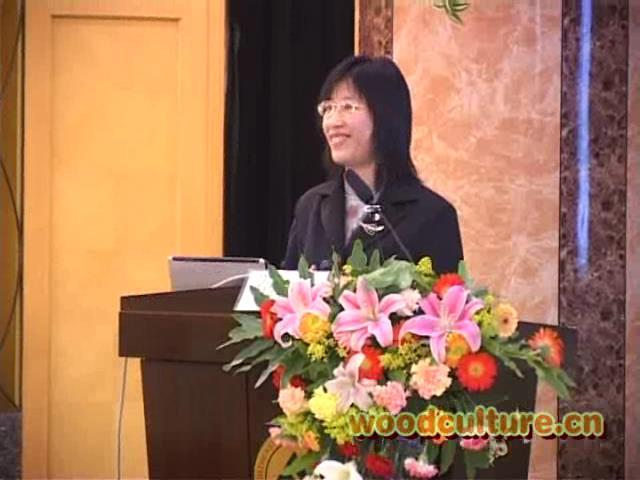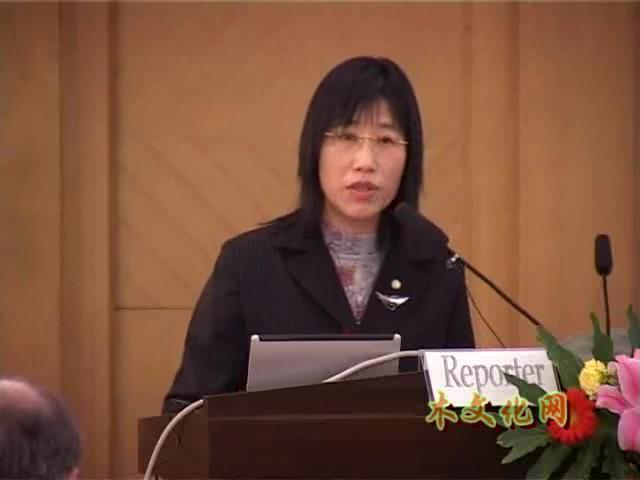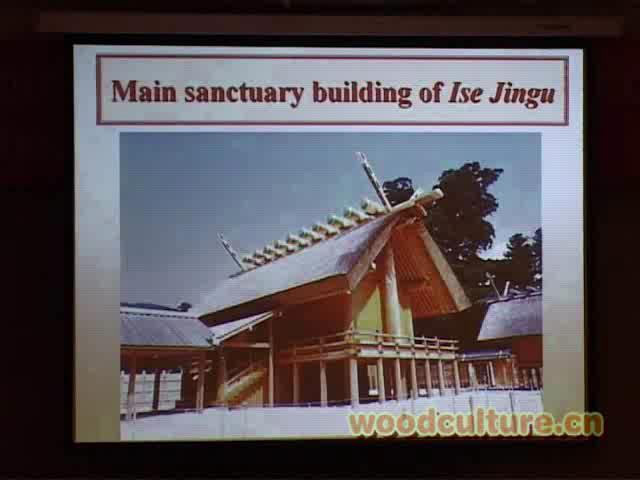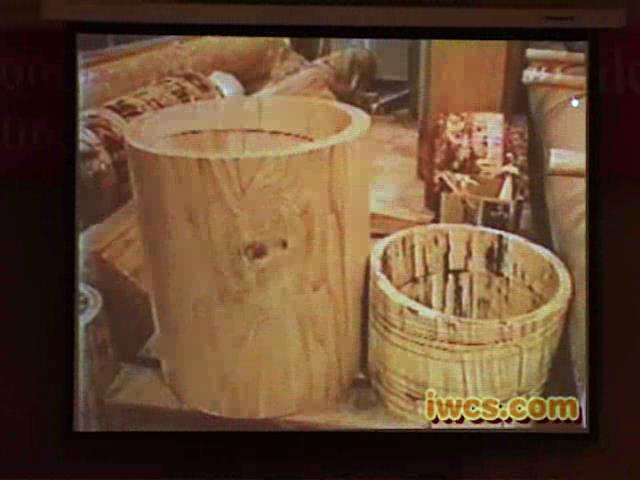会议名称:第一届木文化国际研讨会
会议时间:2002年2月18日-19日
会议地点:中国·哈尔滨
报告嘉宾:Yang Ping
报告全文:
Culture of Wooden Columns in Japanese Architecture and New Technology of Cylindrical LVL
Wood is the main material of residential facilities in Japan. Wooden column especially seems to be through favor, as its image is so palatial and gorgeous that enables to be used for the aesthetic or even religious purposes such as shrines, temples, etc. The purest and most simplified style of Shinto architecture is basically derived from the traditional pile dwelling which can be found in many Japanese relics. It integrates the fragrant Japanese cypress logs and the miscanthus grass of its roof into a harmonized structure, and also includes some features of the Emperor's palace. Ise-Jingu Shrine in Mie Prefecture with decorative facade of columns impressed many tourists from abroad or even Japanese visitors. On the other hand, columns are also the major structural members for the construction of Buddha temples in Japan. Actually, current huge columns used in famous Todai-ji Temple in Nara Prefecture are not solid wood but composed from multi timber by using metal hoops fixed with nails. That might be one of the roots of composite column which gave us the hints to develop the new technology to meet a great demand of wooden column with large diameter nowadays.
With exhaustion of forest resources, especially the lack of high quality logs with large diameters, it has become more and more important to develop the ecological technology for manufacturing the wood columns from lower-grade logs with less-energy and less-labor inputting. Under the leadership of Dr. Hikaru Sasaki, an emeritus professor of Kyoto University Japan, the research group focused on the performance of wood cell wall with high mechanical strength but relatively lightweight, and applied the key function of highly aligned and helical wound microfibrils in the S2 layer of wood cell wall to the bio-mimetic approaches for manufacturing cylindrical laminated veneer lumber (LVL). It paved a milestone for transforming column manufacture from resource-dependent type to technology-oriented way by converting the low grade and small logs into value-added products for structural or decorative use. The distinctive structure of cylindrical LVL with helical wound and interlocked grain for alternate layers plays a great role in preventing twisting and splitting caused by anisotropy of veneer. As an ideal multi-functional material for structural and decorative uses attributed to its lightweight, hollow core, no drying checks and splitting-free, beautiful appearance and sufficient strength, the cylindrical LVL has been applied both in interior and exterior of architecture, even created some unique and aesthetic sceneries for the local community in northeast Japan.
Doubtless to say, the sophisticated cylindrical LVL is an epochal solution to the problems not only the lacking in high quality wooden column resources but also the drying checks or splitting appearing on columns. Hence the new technology of cylindrical LVL is expected to contribute to the architecture world widely, as wooden columns have great appeal internationally not only in Japanese culture, but also in lots of world cultural heritages.
责任编辑:iwcs24H/L


 10,072
10,072















































































